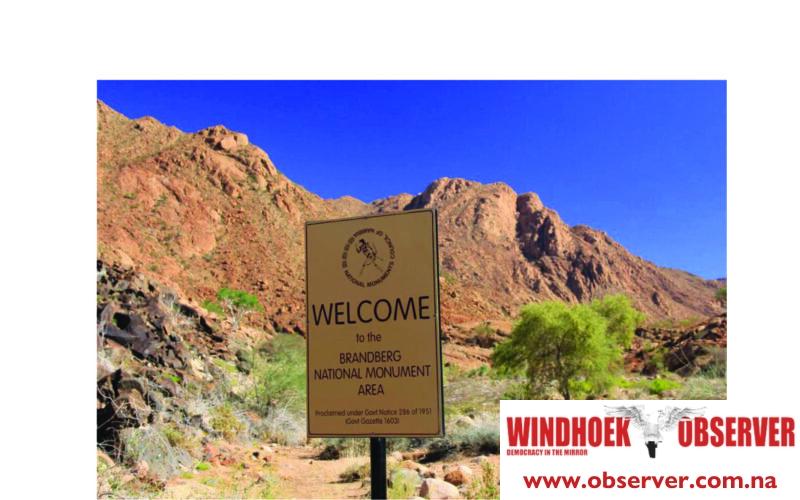Justicia Shipena
The Damara King’s Council Youth Group has written to Prime Minister Elijah Ngurare and ICT Minister Emma Theofelus opposing any move to rename the Dâures/Brandberg Omukuruvaro National Monument Area.
In a letter dated 7 October 2025, the group said renaming the site would erase Damara cultural memory and amount to a symbolic act of dispossession.
“There must be absolute clarity; the name Dâures cannot and will not be replaced, diluted, or shared,” the statement read.
This follows Namibia’s recent approval of the nomination of the Dâures/Brandberg National Monument Area for inscription on the United Nations Educational, Scientific and Cultural Organisation (Unesco) World Heritage List.
The submission, scheduled for 1 February 2026, will be made to the United Nations Educational, Scientific and Cultural Organisation, ICT Minister Emma Theofelus confirmed last week.
If approved, the site will become Namibia’s third World Heritage Site after Twyfelfontein, inscribed in 2007, and the Namib Sand Sea in 2013.
Located about 30 kilometres northwest of Uis, the Dâures/Brandberg area is Namibia’s highest mountain and home to the famous “White Lady” rock painting and thousands of San rock art sites.
The group said Dâures is the original Khoekhoegowab name, predating colonial and administrative changes.
It also described the mountain as a sacred site central to the Damara people’s identity, containing more than 45,000 rock paintings, including the White Lady.
Group representative Bebe /Huseb said the government must establish a clear policy protecting indigenous names from unilateral replacement.
“For the Damara people and other sympathisers, Dâures is more than a name; it is a living vow to protect our heritage and memory. Any renaming is an affront to cultural justice and reconciliation,” said /Huseb.
The group urged the government to halt any renaming processes and ensure national heritage policies recognise Khoekhoegowab place names as primary in all official documents, maps, and monuments.
It warned that continued renaming of indigenous landscapes perpetuates historical marginalisation rather than reconciliation.




